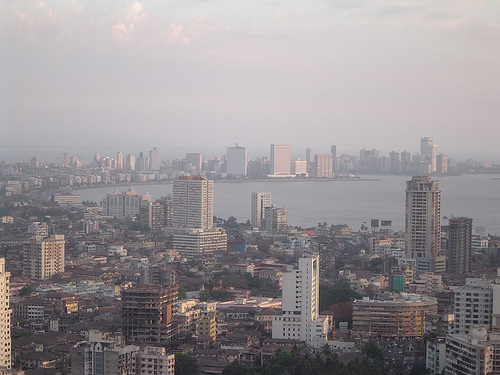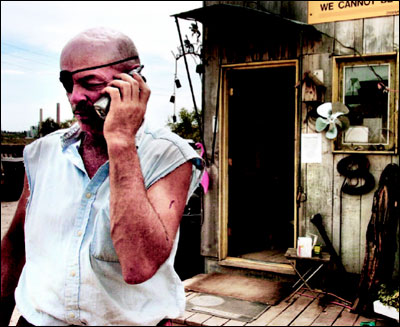 Like other rapidly developing nations, India has a housing problem. The rural-urban migration has overwhelmed cities like Mumbai, where the formally rural poor come to find new opportunity. Often times this migration is one indication of a country’s development. The major issue however is, where do all these people live? Up until now, more often than not, that answer has sadly been in slums (8 million in Mumbai alone). But a new wave of investment is taking place in which housing developments have been built for the economically lower class and predictably aggressive loans have been doled out.
Like other rapidly developing nations, India has a housing problem. The rural-urban migration has overwhelmed cities like Mumbai, where the formally rural poor come to find new opportunity. Often times this migration is one indication of a country’s development. The major issue however is, where do all these people live? Up until now, more often than not, that answer has sadly been in slums (8 million in Mumbai alone). But a new wave of investment is taking place in which housing developments have been built for the economically lower class and predictably aggressive loans have been doled out.
Now, if you’ve been following what has been happening with microfinance in certain areas of the country, you may have just groaned a bit. However, as pointed out by a CNBC article today, while there may be some parallels, there may also be some important differences that could contribute to the success of this necessary project.
Clearly the demand for housing is there (it’s currently a $180 million market) and loan offices claim that there are more regulations in place for the subprime housing market in India than there are for rural microfinance schemes. Lending rates from one firm are between 12 and 14%- not an astronomical figure compared to some of the incredible rates charged to microfinance recipients (30% and much higher). Often, urban recipients have somewhat greater income, although the major problem is that this income is usually difficult to substantiate. One loan officer states, “he looks out for buffers such as whether the client has land in his village, how much does his brother earn and whether his wife is wearing any gold jewelry.” While I’m not discouraging the extension of credit by any means, this method sounds a bit dubious.
There is also an issue of the size of the loan. The man profiled in the article moved into a comfortable apartment with his family. He makes the equivalent of $246/month as a driver in the city and must pay off $111/month for the next 11 years in order to fulfill his mortgage. Now, the cost of living may be a bit lower than what people in the West are used to, but paying 45% of your monthly salary with a wife and small child could prove challenging.
Those financing these investments claim that many of the recipients have significant savings. In the case of the man profiled, he did pay about half of the price up front and while Indian law allows as little as 20% down, one company claims to average closer to 35%.
I’d be a complete hypocrite to say this is unacceptable or unsustainable after Americans purchased houses with virtually no money down and in some instances still do. Then again, look what happened. The argument made however is that in this case, financial firms are dealing with people that have no credit, not bad credit. I Ought to also state that short-term loans like the ones found at låna-pengar.biz/snabblan are their brief period. Considering that these short-term loans are approved to you versus your wage, you are expected to pay them off with the next salary cheque. Hence, the loan duration is in between one and 2 weeks. Again this is different from the United States situation, but not all that different from a microfinance loan.
As far as I’m concerned, the jury is out on this one. I am a huge proponent of innovation particularly in situations surrounding poverty alleviation, which in my opinion is one of the greatest aspects of Mohammed Yunus’ development of microfinance. Wealth creation and this case, housing, requires access to credit no doubt. However I would hate to see the predatory behavior, due strictly to profit motive that often follows. This should be an interesting story to follow.
Image Credit by woodlandz via Flickr under a CC license



